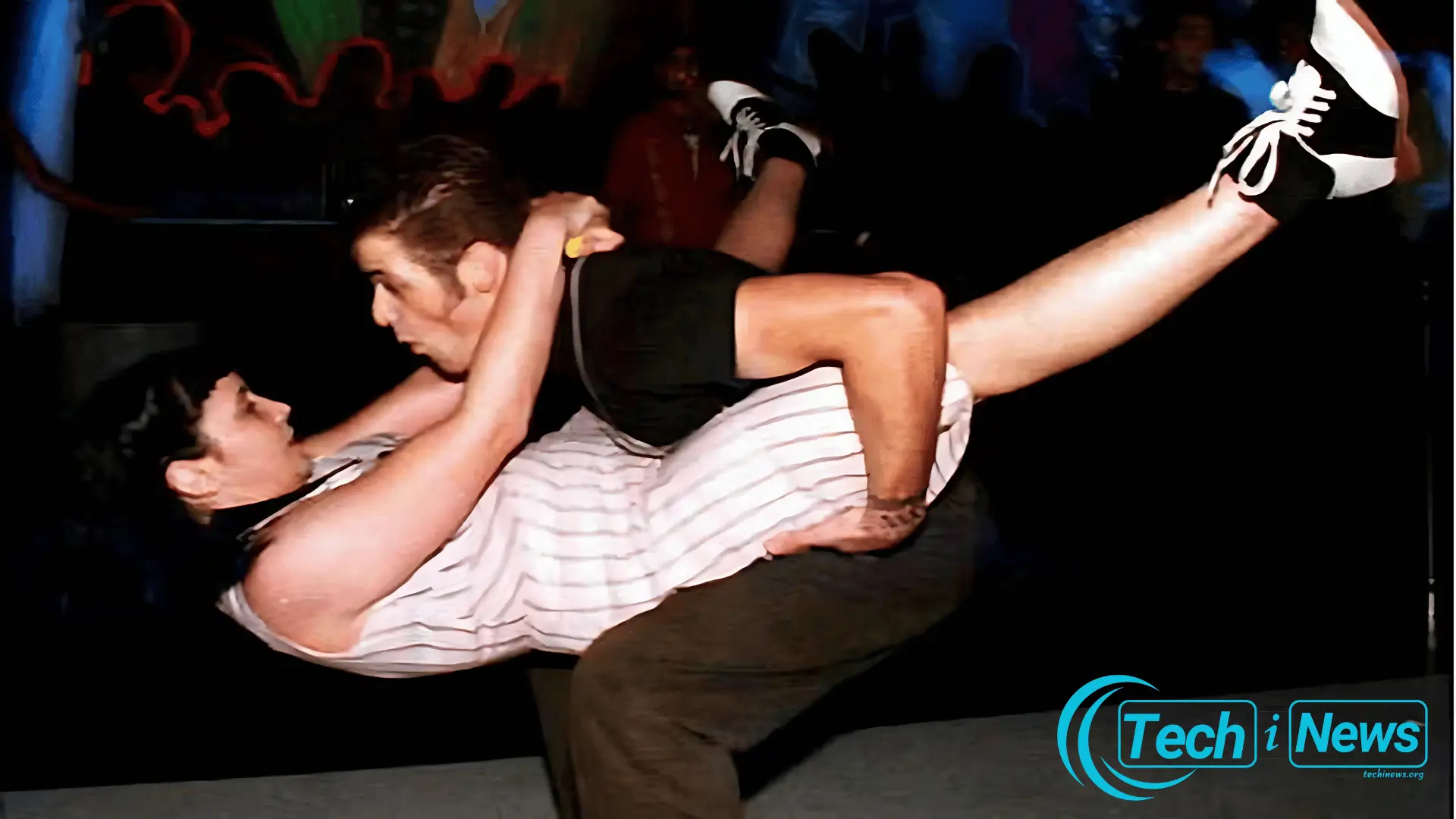Why Isn’t Grinding Allowed at School Dances—dimmable lights, the buzz of conversation, and music that lets students forget their worries for a while. But if you’ve noticed grinding getting banned at these events, you might be wondering, “Why, though?”
Grinding, a popular dance style among teens, has sparked plenty of conversations and even more confusion. Is it just a harmless way to dance or something more concerning? And why are schools so eager to say no to it?
This blog will break it all down. We’ll look at what grinding is, why schools have a problem with it, and what other dance styles are encouraged instead. By the end, you’ll better understand the reasons behind the ban and how students can still enjoy their school dances.

What Is Grinding?
Grinding is a modern style of dance where partners, often facing the same direction, dance closely together with their hips swaying in sync. It’s known for its suggestive movements, which imitate intimacy more than traditional forms of dancing like waltzing, salsa, or even freestyle.
This dance style became increasingly popular in the late 1990s and early 2000s with the rise of hip-hop and R&B songs that pair well with grinding rhythms. Unlike ballroom or swing dancing, grinding often has less emphasis on coordinated foot movement and more focus on body-to-body interaction.
While grinding might feel like a fun, modern way to loosen up and enjoy the beat, it has also stirred controversy, especially in school settings.
Why Schools Ban Grinding at Dances
For many schools, grinding crosses the line—and here’s why.
1. Concerns About Inappropriate Behavior
At its core, grinding is an intimate dance style. Schools, as public institutions, have a responsibility to create an inclusive and respectful environment for all students. Grinding, however, often makes some attendees uncomfortable, whether they’re participating or simply watching from the sidelines.
Some administrators also worry that allowing grinding at dances could unintentionally normalize behavior that isn’t age-appropriate in a school setting. Dance floors are supposed to be fun, not awkward spaces where boundaries are blurred.
2. Safety and Liability Issues
While grinding might not seem inherently dangerous, school administrators also consider the physical risks associated with crowded dance floors. Grinding often involves little personal space, which can lead to accidental shoving, tripping, or even minor fights.
If a student gets hurt during a dance, liability issues could arise. Schools aim to minimize these risks by implementing rules that encourage safer dance styles with more structured physical boundaries.
3. Parental and Community Concerns
Parents and community members hold schools accountable for upholding certain values. Many parents feel that grinding doesn’t align with those values, and they expect schools to step in.
Pressure from community stakeholders—like school boards or parent-teacher associations—frequently drives these rules. Banning grinding is often less about controlling students and more about maintaining trust with families and communities.
4. School Policy and Conduct Rules
Most schools operate under codes of conduct that emphasize respect, personal boundaries, and fostering a safe space for all students. Grinding often conflicts with these policies.
To ensure consistency, schools include these rules as part of dance guidelines, clearly communicating them to students in advance. Knowing the expectations helps reduce misunderstandings or objections when enforcement comes into play.
Reactions from Students, Parents, and Schools
There’s no shortage of opinions when it comes to grinding bans. Between students, parents, and schools, everyone has their take on the issue.
- Students: Many students feel that grinding bans are unnecessary and overly strict. To them, it’s just a form of self-expression and a way to have fun with friends. Some also argue that dance should involve freedom, not rigid rules.
- Parents: Parents’ views often vary. While some agree with schools that banning grinding creates a safer, more appropriate environment, others feel schools should focus on bigger issues rather than micromanaging dance moves.
- Schools: School administrators justify these rules by pointing to big-picture goals, like fostering an environment of respect and ensuring student safety. Those enforcing the rules often stress that the goal isn’t to kill the vibe, but to set boundaries that benefit everyone.
Alternative Dance Styles That Are Allowed
Just because grinding isn’t allowed doesn’t mean students can’t enjoy themselves at school dances. Schools promote several fun, creative ways to dance that are just as entertaining.
1. Freestyle Dancing
Freestyle is universally allowed because students can dance individually or in groups while still matching the rhythm. It’s a relaxed, customizable option where creativity shines.
2. Group Dances
Who doesn’t love a good group dance like the Cha Cha Slide or Cupid Shuffle? These dances are always a crowd-pleaser and bring everyone together on the floor.
3. Swing or Partner Dancing
Simple and fun, swing or other partner dances are a throwback to traditional styles. They’re interactive and bring an old-school charm that many enjoy.
4. Line Dancing
From Cotton-Eye Joe to modern country hits, line dancing is a great way to keep the energy high with simple, easy-to-follow routines.
Schools also often encourage DJs to keep the atmosphere upbeat by playing crowd favorites that inspire inclusive participation.
School Dances Can Still Be a Blast
While grinding bans might seem like a buzzkill, they’re put in place with good intentions. They aim to create a respectful, safe, and enjoyable atmosphere where everyone—students, parents, and schools—can feel comfortable.
There are countless other ways for students to express themselves on the dance floor, from freestyle grooves to group dances. The key is to focus on the bigger picture of building memories, having fun, and celebrating with friends within the guidelines of respectful dancing.
So, suede your shoes, gather your friends, and hit that dance floor because school dances are about moments, not just moves.


